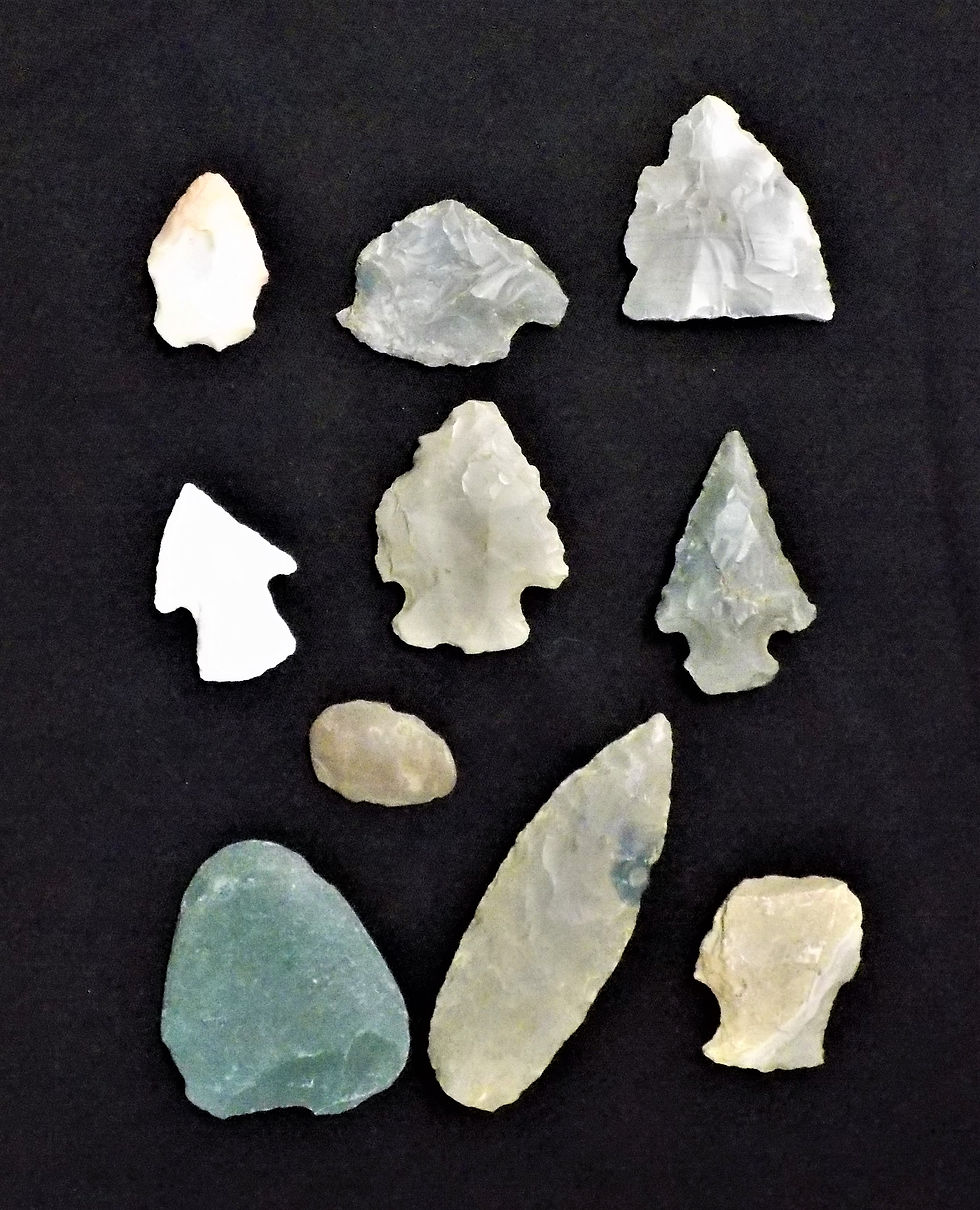Pinkstaff Inventors
- Lawrence Lore

- Mar 18, 2023
- 2 min read
Two researchers recently contacted the Historical Society about two inventors from the Pinkstaff area in the 1900s -Mark Bowman and William Hughes. Although vehicle designs are their focus, they have found from researching other designs, that the background of inventors can provide interesting insights into understanding the design and placing it in context. For instance, if an inventor is involved in the production of agricultural machinery, this might partly explain some aspects of their design.
I am publishing an email from the researchers in hopes our readers may have some ideas to pass on to them.
“My brother and I are researching the development of vehicles intended for use in military actions prior to the First World War. Our interest, however, lies not in what was actually used, like the U.S Army’s supply wagons, but in the vehicle designs that were rejected. One such idea originated with Mark Bowman and William Hughes of Pinkstaff at the start of the 20th Century. This pair of inventors patented a machine gun carriage. Described in their patent, the idea was for a four wheeled carriage covered in armour plate. Inside, was to be a large mount for multiple machine guns which could be fired through a slit in the armour. Our research into Bowman and Hughes’ design has led us to their British patent. They applied for it in November 1900, on the same day they received their American patent. Perhaps, with Britain at war in South Africa, they thought they could interest the British authorities with their design. Unfortunately for them they received no interest.
“Bowman and Hughes obtained their British patent in November 1901. Within this patent they revised their description slightly and included three additional illustrations of their invention. However, the basic idea for their machine gun carriage remained largely unaltered.
Our interest lies in how this invention could have been used and whether it was actually a practical weapon of war. To this end, we are consulting experts in the development of military equipment and are studying the tactics used by armies at the time. What is clear so far is that this carriage was not a ‘tank’ in the way we understand the term today as it was to be towed to the battlefield. Once there, it would be positioned rather like a field gun to fire at the enemy.
“We still have some way to go before we can include Bowman and Hughes’ design in our text. The most challenging part of our research on designs like this is trying to find out what might have inspired the inventors. We know in this case that Bowman and Hughes were familiar with other U.S. patents, so they may have been subscribers to some of the technical periodicals of the time. In addition, we believe that Bowman ran some type of general store in Lawrence County.
“In our research, we have found that inventors were often inspired by things they encountered and wondered if there was anything in Lawrence County that might have given Bowman and Hughes their original idea. We would love to hear readers’ views!”
If you have any ideas, forward them to lawrencelore@gmail.com and I will send them on to the researchers.


